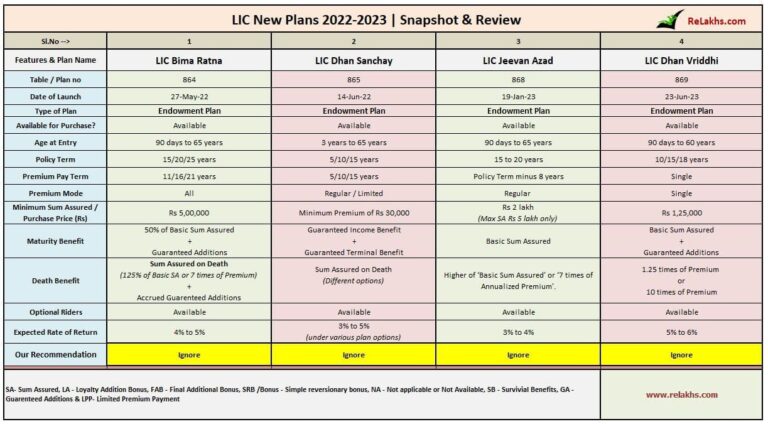Market volatility can be unsettling, but it also presents unique opportunities for investors. Whether caused by economic downturns, political events, or unexpected global crises, market fluctuations can either erode wealth or create lucrative prospects. The key is knowing how to navigate volatility effectively. Here’s how you can stay profitable even in uncertain times.
1. Understanding Market Volatility
“The only certainty in the market is uncertainty.”
Market volatility refers to the rapid and significant price movements in stocks, bonds, or other assets. While it can create fear, it’s also a natural part of investing. High volatility can result from:
- Economic slowdowns or recessions
- Inflation and interest rate changes
- Global events, such as pandemics or geopolitical conflicts
- Investor sentiment and panic-driven sell-offs
The key is to manage your investments in a way that minimizes risk while capitalizing on opportunities.
2. Stay Invested—Don’t Panic Sell
“Volatility is only a risk if you make it one.”
One of the biggest mistakes investors make is panic selling during market downturns. Selling at a loss locks in losses and prevents participation in market recoveries. Historically, markets have always rebounded over time.
What to Do Instead:
- Maintain a long-term perspective.
- Focus on fundamental strengths of your investments rather than short-term price swings.
- Consider buying undervalued assets rather than selling in fear.
3. Diversify Your Portfolio for Stability
“Don’t put all your eggs in one basket.”
A well-diversified portfolio can reduce risk and help you weather market fluctuations. Consider:
- Stocks & Bonds: Stocks provide growth potential, while bonds offer stability.
- Gold & Commodities: These assets often perform well during inflationary periods.
- Real Estate & REITs: Real estate investments can provide income even during downturns.
- Index Funds & ETFs: A broad market exposure reduces reliance on individual stocks.
4. Focus on Defensive Stocks and Sectors
“In uncertain times, stable companies shine.”
During volatile markets, defensive stocks—those in industries like healthcare, utilities, and consumer staples—tend to perform better. These businesses provide essential goods and services that people continue to use regardless of economic conditions.
Consider Investing In:
- Healthcare companies
- Utility providers
- Consumer staple brands (food, beverages, and household essentials)
- Dividend-paying stocks for consistent income
5. Dollar-Cost Averaging: A Steady Approach
“Timing the market is impossible, but time in the market is everything.”
Instead of trying to predict the market, use dollar-cost averaging (DCA)—investing a fixed amount at regular intervals. This strategy helps you buy more shares when prices are low and fewer when they are high, reducing the impact of volatility.
How to Implement DCA:
- Invest a set amount every month into stocks, ETFs, or index funds.
- Stick to your plan regardless of market movements.
- Benefit from lower average purchase prices over time.
6. Maintain a Strong Cash Position
“Cash is king during downturns.”
Having liquidity during volatile periods provides flexibility. A strong cash reserve allows you to:
- Buy assets at discounted prices when markets dip.
- Cover emergency expenses without selling investments at a loss.
- Reduce financial stress and maintain confidence in your strategy.
7. Take Advantage of Tax-Loss Harvesting
“Turn losses into an opportunity.”
If certain investments are underperforming, consider tax-loss harvesting—selling losing assets to offset capital gains and reduce taxable income. Then, reinvest in similar assets to maintain your portfolio’s balance.
Key Benefits:
- Minimizes tax liabilities on gains.
- Improves portfolio efficiency.
- Allows reinvestment in more promising assets.
8. Consider Hedging Strategies
“Protection is just as important as growth.”
Advanced investors may use hedging strategies to safeguard portfolios. Common methods include:
- Options Trading: Using put options to protect against declines.
- Inverse ETFs: Designed to rise when the market falls.
- Commodities & Precious Metals: Assets like gold act as hedges against inflation.
9. Keep Emotions in Check and Stick to Your Plan
“Fear and greed drive markets—but discipline builds wealth.”
During volatile times, emotional investing leads to poor decisions. Instead of reacting impulsively:
- Review your financial goals and risk tolerance.
- Reassess your portfolio, but avoid drastic shifts.
- Stay informed, but don’t obsess over daily market movements.
Final Thoughts: Turning Volatility into Opportunity
Market volatility is inevitable, but it doesn’t have to be a roadblock to financial success. By staying calm, diversifying wisely, and using strategic investment approaches, you can navigate uncertainty and even turn volatility into an advantage. Stick to your plan, take advantage of long-term opportunities, and watch your wealth grow—even in unpredictable markets.










